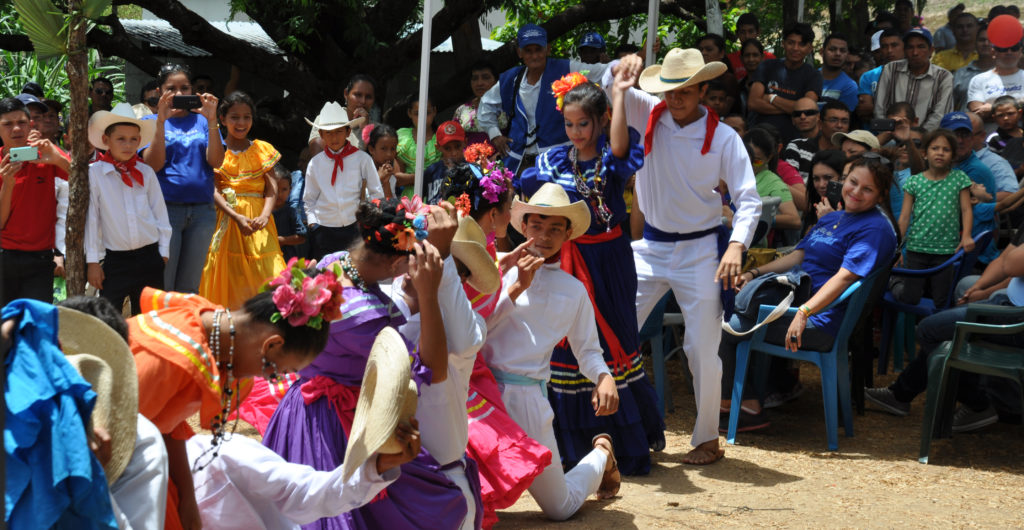To join the discussion, click on “Leave a Comment” under the post.
Global Brigades is now one of the largest student-led movements for international development on the planet. We represent a growing number of youth getting involved in development issues and dedicating themselves to the improvement of the quality of life world-wide. To increase the power of youth in the field of development, we need to hear your voices, your ideas and your stories. For this reason, and for the success of Global Brigades and for the direction of our future, I ask YOU, whether you are a student, a professional, Global Brigades staff or just an interested reader, to enter the ongoing conversation about development.
The question I pose is derived from the often-made assumption that the non-profits exist because there are certain areas of work in developing communities that the government simply does not have the resources to address. That said, what is the government’s role in development? Do non-profits do the work that the government lacks the resources to carry out, or does the government simply overlook the greatest needs of rural and indigenous communities in favor of higher-visibility project? Further, what is the best way for non-profits to collaborate with the government in their work?
Allow me to provide two examples:
EXAMPLE 1 : Several months ago I attempted to do a small scale latrine construction and education project with a rural community not thirty minutes outside of Panama City. The community was overseen by the Panamanian Ministry of Development, and they provided escort to the site. Although we were able to give a workshop on the design and maintenance of a composting latrine, most of our conversation was spent discussing what government organization’s jurisdiction this project was actually under. Apparently, two separate offices of the Ministry of Development were arguing over who was in charge of the community. As a result, we were later forbidden from entering the community, and the project was put on hold.
EXAMPLE 2: I ran a brigade in mid-January in the northern part of the Comarca Ngobe-Bugle, arguable the poorest and most marginalized area in all of Panama. As I was walking through a community neighboring the one in which we were working, I noticed a government-built structure that had been constructed within the last few months: a covered basketball court. Next to the court was a large sign proclaiming that the government had spent $78,000 on the project. The government spent $78,000 for a basketball court in a community that goes to the restroom in their freshwater streams and burns their refuse (plastic, Styrofoam, batteries, etc.).
This question is a complex one, and it may often be difficult to view it form a purely objective perspective. Please take a moment to ask yourself, your friends, your coworkers, and your family: what is the government’s role in development, and how should they collaborate with the non-profit sector to sustainably improve their communities?
John Cunningham is the Director of Architecture Brigades, and is originally from Chicago. His favorite color rotates between blue and green.




